Thor and Engineering
Today, our guest Haleh Ardebili talks about Thor and Engineering. The University of Houston's College of Engineering presents this series about the machines that make our civilization run, and the people whose ingenuity created them.
Thor, the god of thunder in Norse Mythology, wields a magical hammer. It can create thunder, summon lightning, and split mountains in half. Thor first appeared in a Marvel comic book, in 1962. Then it came to life on the wide screen in 2011 and '12 in the movies Thor and Avengers.
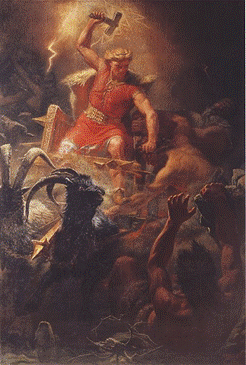
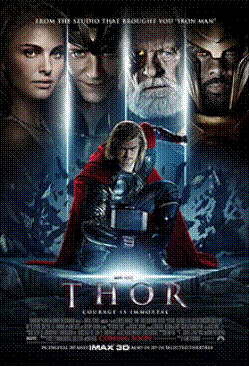
As Thor strikes a bridge with his hammer, we see the cracks initiate, then propagate until the bridge shatters. That's pretty close to a real impact fracture. Brittle materials like glass can't absorb much impact energy and can crack easily. On the other hand, ductile materials, like most metals, can absorb a lot of energy and deform — often permanently. It's not easy to crack a ductile material by impacting it.
We study fractures in materials to prevent them. Engineers are often charged with the task of designing safe parts and structures — ones that withstand all kinds of stresses during their operation life.
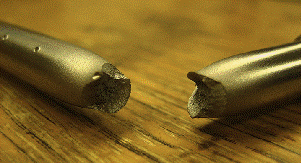
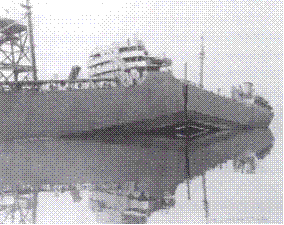
A material can be broken in many ways. We can twist it until it breaks… or tear it… we can bend it or stretch it beyond its limits… or compress it. OR we can shatter it with impact.
And a break might not be instantaneous. It might take many cycles to fracture — we might have to bend it up and down many times before it breaks. We call this fatigue failure.
Even without his magical hammer, Thor exhibits god-like strength. Thor can squeeze and permanently deform a tough metallic armor with his bare hand. If permanently deformed, we call it plastic deformation and if it reverses, it's elastic deformation.
Several college engineering courses deal with fracture. We start with the study of structures that stand still, called statics. We apply external forces like the weight of the cars on a bridge and find out how the structures resist or deflect.
Then, we study solid materials under stress. That's called solid mechanics. What is stress exactly? It's force per unit area. In this course we analyze stresses and deformations under bending, twisting, tension and compression. If the direction of the force is perpendicular to the area, we call it normal stress, and if it's parallel, shear stress.
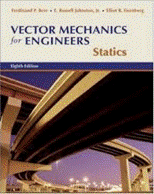


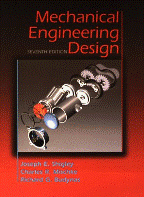
In more advanced courses like machine design or fracture mechanics we go deeper into various types of fracture, and how to predict and prevent them.
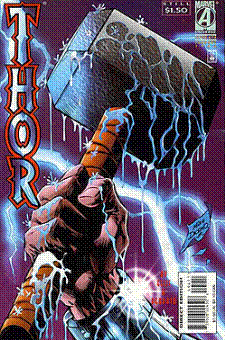

We've seen Thor tear a helmet by applying shear stress … shattering a bridge with his hammer to save an entire species, head-striking a metal to leave a permanent dent … stresses, deformations, compression, tension, bending, fracture … and here, we get a glimpse of engineering that lies behind the comic book fun.
I'm Haleh Ardebili at the University of Houston, where we're interested in the way inventive minds work.
All images are from Wikipedia.
This episode was first aired on June 29, 2012